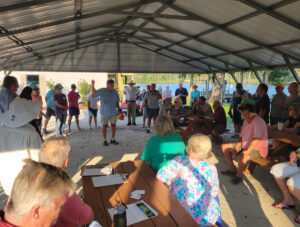News
Riverkeeper speaks out about Durham’s Lick Creek B grade
Environmental, Neuse River Watershed, Sound Rivers, Stormwater Issues, Water Quality
Posted on August 8th, 2024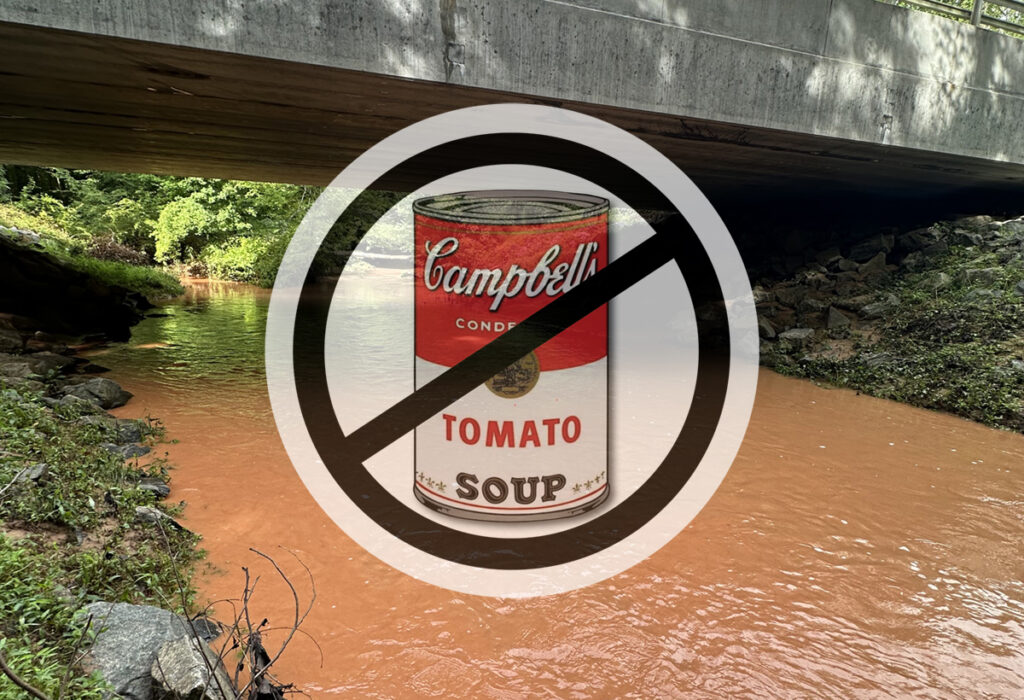
The main stem of Lick Creek in southeast Durham this week.
The City of Durham released its “State of Our Streams” scorecard this week, and Neuse Riverkeeper Samantha Krop has issues with Lick Creek’s score.
Lick Creek was given an 81% (B) health rating, up from last year’s 79%.

“We respectfully disagree with the City of Durham’s assessment of the health of Lick Creek,” Samantha said. “Lick Creek is the most heavily polluted waterway, in terms of sediment, that Sound Rivers monitors in the entirety of both the Neuse and Tar-Pamlico watersheds. … Lick Creek is a federally impaired waterway. It’s listed on the federally impaired waters list because the aquatic insect population is suffering, and the primary cause of decline of those benthic macro populations is sediment pollution. It just doesn’t make sense that Durham would give a B to a waterway that is federally impaired due to a source of pollution that is ongoing, if not worsening.”
The City of Durham conducts water-quality sampling at a single site on Lick Creek located far from where the majority of development impacts are occurring. In contrast, Sound Rivers samples in seven locations in the Lick Creek watershed, all in close proximity to large-scale land clearing developments. The City of Durham’s only other sample site in the Lick Creek watershed is in Rocky Branch, a tributary of Lick Creek, that Sound Rivers has been using as a reference site because it is, so far, unimpacted by Durham’s development boom.
“What this means is that Durham is not sampling in the right places to meaningfully assess water-quality impacts in Lick Creek, which explains how the city could come out with a B score for a waterway that is suffering severely from sediment pollution,” Samantha said.
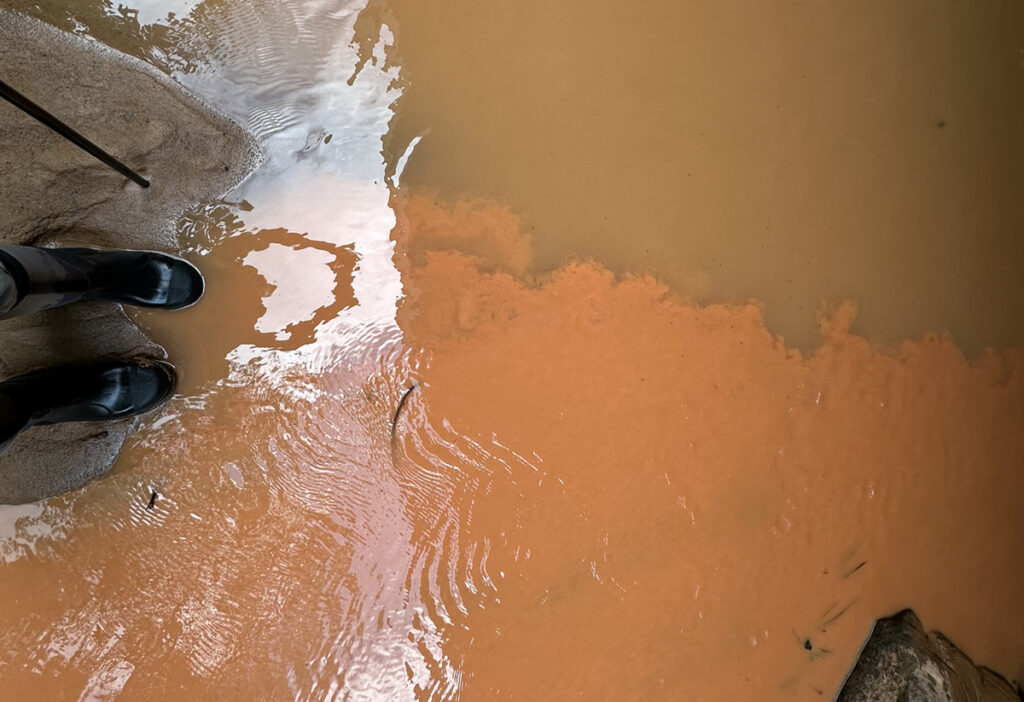
The City of Durham’s stream report card is based on numerous water quality factors, including nutrient contamination, heavy metals, fecal bacteria, oxygen availability and turbidity, where the overall score is determined by taking an average of the score for each parameter. Problematically, this means that if a waterway receives an F in turbidity but an A in heavy metals and dissolved oxygen, the overall score could come out as B.
“The problem with this is that a creek receiving an F in turbidity is a dead creek, regardless of whether it is ailed by other pollutants,” said Samantha. “Sediment from construction sites is the No. 1 source of pollution in Lick Creek. Over the past year, regulators have received dozens of reports about sediment runoff from construction sites and have issued notices of violation to several developers for causing this problem. That the City of Durham does not even mention sediment as a top pollution source is misleading and irresponsible. We do agree with the City that bacteria pollution is also a serious problem for Durham’s waterways. The city’s results for bacteria pollution give us more pause on giving Lick Creek a passing grade.”
The state water-quality standard for bacteria states that no more than 20% of samples taken should exceed a threshold of 400 colonies per 100 ml of water. Durham’s data for Lick Creek exceeded that standard for 92% of the samples taken.
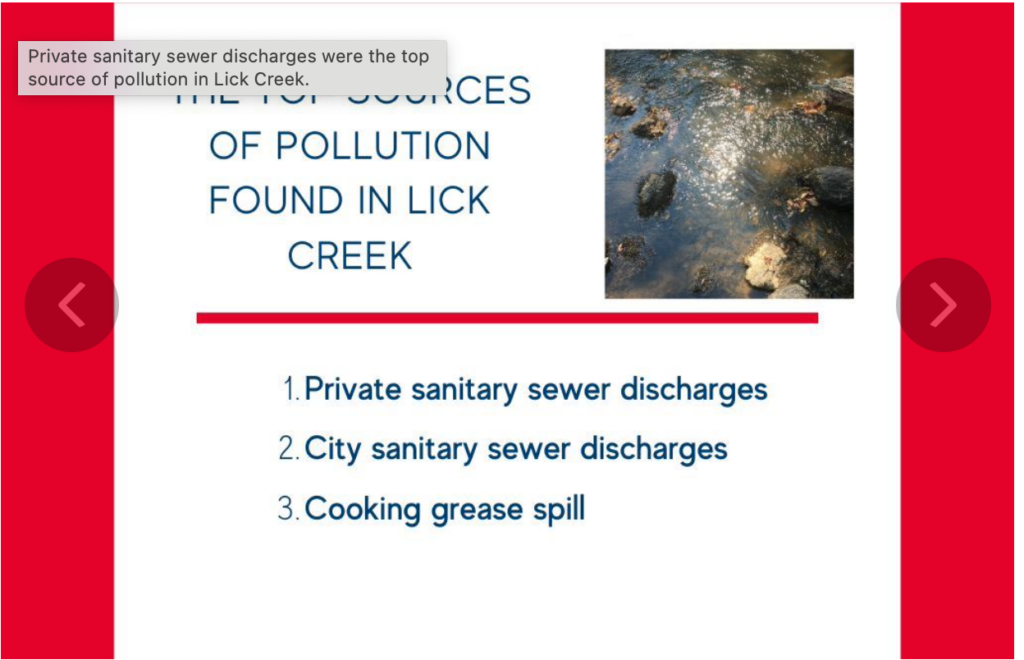
Monthly, Samantha collects water samples and measures turbidity at seven sites on Lick Creek. In the two years she’s been monitoring sediment pollution in the Lick Creek watershed, Lick Creek has failed to meet state water-quality standards more than 85% of the time. Last month, she recorded the highest level of turbidity she’s seen yet, at 20 times the state standard.
“By giving Lick Creek a B score, the City of Durham is downplaying the sediment pollution crisis impacting the watershed, and therefore allowing the problem to continue,” Samantha said. “Durham can do better. Rather than accepting impaired waterways as the normal and natural state of things; rather than normalize this pollution, Durham should demand that our waterways meet state and federal water quality standards and hold polluters accountable for the harm they are causing to our waterways.
“Right now, that B seems to stand for ‘business as usual’,” she said.
Related News
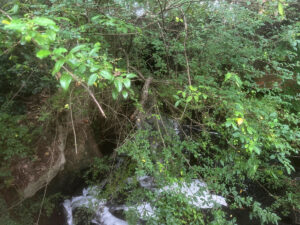
Riverkeeper: 'We suspect sewage is flowing directly into the Neuse'
September 11th 2024

Carolina madtom sought, found
September 11th 2024
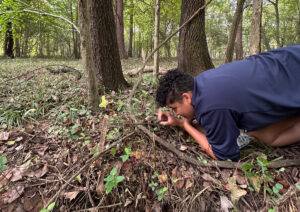
Riverkeeper, specialist seeking spiders
September 11th 2024

Splash for Trash equal parts ‘splash’ and ‘trash’
September 11th 2024

Riverkeeper talks trash trap adoption with Sierra Club
September 11th 2024
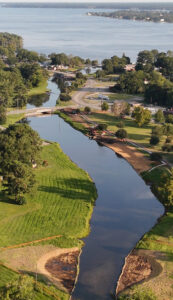
Jack’s Creek shoreline repair a move toward resiliency
September 5th 2024

Riverkeeper investigates lack of Lick Creek NOVs
September 5th 2024
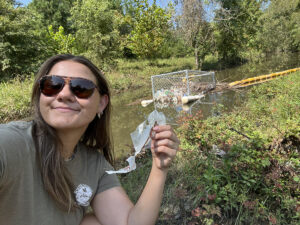
Sound Rivers launches ‘Adopt A Trash Trap’ program
September 5th 2024
